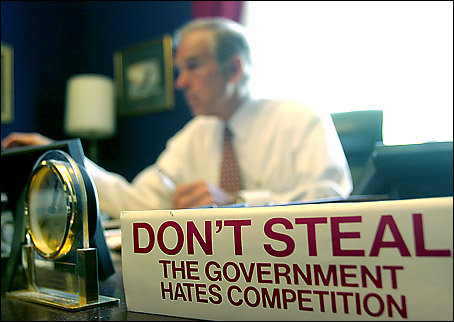Another high performing area of the world is Russia, including the former Soviet states. The Republic of Georgia has the highest literacy rate, 100% and the all of the rest have a literacy rate greater of equal to that of America. When one typically thinks of the Soviet Union, the idea of socialism and poverty comes to mind. Living standards might not be at its best in Russia, but things are definitely improving. Its GDP growth rate is 6.7% [3], more than double that of the United States. Georgia has an even more outstanding growth rate of 9.4%.[3]
GDP growth is definitely not the main contributor to high literacy rates. Egypt has a literacy rate of 71% with a GDP growth rate of 6.8%.[3] Ghana has a literacy rate of 57.9% with a GDP growth rate of 6%.[3] These countries both have much higher economic growth than America, but much lower levels of literacy. America has been growing economically for centuries, so it has had a head start. If the economies of these African nations continue to succeed, their living standards are sure to as well.
Educational possibilities accompany economic development. If focus is set on improving the living standards of people around the world, then improved literacy rates will follow. Improved living standards cannot be government imposed; instead it could be gradually attained by adapting to the world market. This way, the economy of the country will match the living standards. The advancement of economies in poorer countries can be achieved by allowing free trade. Free trade would enable these developing countries to trade with richer countries, in effect, vastly benefiting the struggling economies of developing countries. Once their economies improve, more focus can then be turned to advancing the educational opportunities for the people.
Many people in developed nations are concerned with the living situations in the third-world countries. The easiest solution always seems to be to send government aid to these struggling countries. This is not the best method, and there are plenty of negative repercussions from such foreign aid. If one truly cares about these less fortunate people then the best solution is free trade. It would lift a far greater number of people out of poverty (and consequently away from illiteracy as well) than tax dollars could ever do.
1. [1] "How Educated Are We - International Literacy Comparisons"
2. [2] "Literacy - Total(%) 2007"
3. [3] The CIA World Factbook
Just for your information:
The Republic of Georgia, a nation with 100% literacy, uses a completely different alphabet from English.
The writing looks like this:

There are 33 characters in their alphabet compared to english's 26.
Not only this, but many people there still know Russian, because they used to be part of the USSR.
Russian is written in cyrillic, which looks like this: кенли ис радицал
Amazing that even with all of these added difficulties, they still have a 100% literacy rate! How did they do it?



